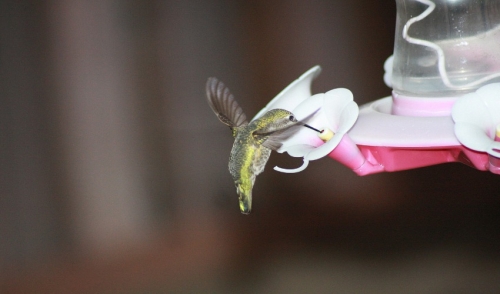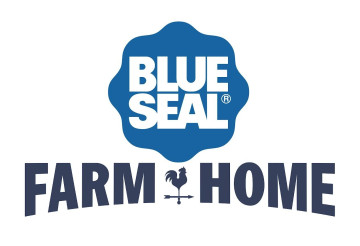{article.name} Monthly Blog Articles
WE DELIVER
Peterborough, NH: 603-924-6801 Brattleboro, VT: 802-254-8755 Walpole, NH: 603-756-9400 Hillsboro, NH: 603-464-3755 Milford, NH: 603-673-1669 Keene, NH: 603-357-5720Tips for Placing Your Hummingbird Feeder

- Share this:
- Share on Facebook
- Pin on Pinterest
- Tweet on Twitter
A hummingbird feeder can bring great joy and amazing hummingbird activity to your backyard, but you need to position the feeder properly so you don't miss an instant of the action. Where should you put your hummingbird feeder?
Why Placement Matters
Because hummingbirds are so tiny and fly so quickly, a slight change in where you place your feeder can make a huge difference in how well you see these feathered jewels. Well placed, a hummingbird feeder is safer for the birds, offers clear, intimate views and even keeps the nectar fresher. In a poor position, however, you won't be able to see the birds, they may be at greater risk from predators and the nectar can spoil more quickly. So where is the best place for a hummingbird feeder?
Tips for Hummingbird Feeder Placement
Hummingbirds will find your feeder no matter where in your yard it may be, but if you want to make the best use of the feeder, these placement tips can help.
- Position your feeder near a lush bed of nectar-producing flowers to help the birds find it more quickly. If you don't have flowerbeds, a container or hanging basket of red flowers can be just as useful to help hummers find the feeder.
- Hang the feeder just 3-4 feet away from a good viewing window. This will give you closer, more detailed views of the birds, and they will be safer from window collisions because they can't build up speed for a fatal collision so close to the glass.
- Be sure there are perches near the feeder, because hummingbirds like to perch between sips and guard "their" feeder from intruders. If no perches are nearby, you can make a mini hummingbird swing or put some thin branches nearby for the birds to use.
- Position the feeder where it will be shaded during the hottest part of the day, when nectar will ferment the fastest. While birds need to to see the feeder or they will have trouble finding it, late afternoon shade from a tree or awning will help preserve the nectar.
- Avoid putting the feeder in a dense bush or overgrown flower bed where cats, raccoons or other predators may hide and could pounce on the birds. Pruning away excess branches near the feeder can help birds be safe.
- Keep the feeder away from windy or breezy areas, or anywhere it may be accidentally bumped or knocked. When these feeders tip they will drip and leak, which will attract more insects and waste nectar.
- If you have many hummingbirds and they chase one another away from the feeder, use multiple feeders and position them well away from each other so the birds have plenty of space to share. Putting extra feeders around a corner can also help minimize aggression.
Hummingbirds are inquisitive and crafty, and they will find your nectar feeder no matter where you place it. With proper placement, however, you can attract more of these amazing birds, keep them safe and offer them fresh, delicious nectar all at the same time.



Comments